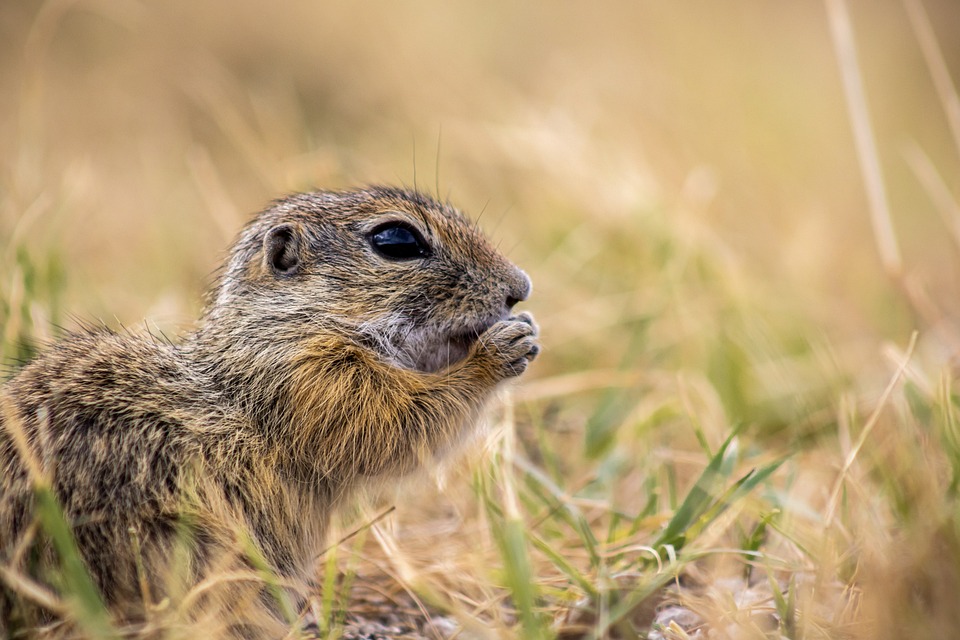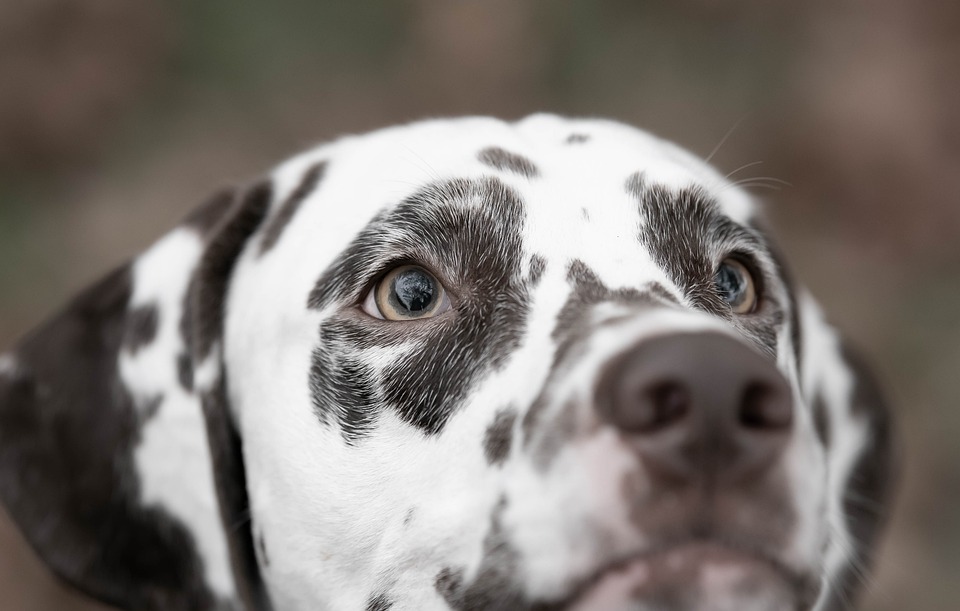Researchers have made a significant discovery in Virginia, finding that the virus responsible for COVID-19 is present in several wild animal species. This finding, published in Nature Communications, sheds light on the potential for the virus to mutate and jump between species in the future.
The study conducted in 2022 and 2023 tested 798 animals from 23 different species across Virginia and Washington D.C. The results revealed the presence of the SARS-CoV-2 virus in six species, including deer mice, Virginia opossums, raccoons, groundhogs, Eastern cottontail rabbits, and Eastern red bats. Carla Finkielstein, a professor at the Fralin Biomedical Research Institute and Virginia Tech, highlighted that these animals are commonly found in our backyards, emphasizing the close proximity between humans and wildlife.
One of the key findings of the study was the highest exposure to SARS-CoV-2 in animals near hiking trails and high-traffic public areas. This suggests that the virus may have been transmitted from humans to wildlife. Genetic tracking of the virus in these animals revealed mutations that matched variants circulating in humans at the time, further supporting the theory of human-to-animal transmission.
Finkielstein emphasized that there were no instances of transmission from animals to humans in this study, but the mode of transmission from humans to animals remains unclear. It could potentially occur through trash and food waste, or even wastewater. Further research is needed to understand how the virus impacts animals and how it spreads among different species.
This study builds upon previous research that has shown the presence of SARS-CoV-2 in deer and mink, expanding our knowledge of the virus’s prevalence among various animal species. Finkielstein highlighted the importance of learning from past pandemics, as viruses can remain dormant in different species for years before resurfacing.
One intriguing finding from the study was a viral mutation in an opossum that had not been seen in the human population. This highlights the potential for the virus to evolve and adapt within animal populations, posing a risk for future spillovers into humans.
Finkielstein stressed the importance of increased surveillance to prevent future spillovers of SARS-CoV-2 from animals to humans. By being proactive and vigilant in monitoring animal populations, we can potentially prevent another wave of vaccine-resistant COVID-19.
In conclusion, this study underscores the need for continued research and monitoring of the virus in animal populations to better understand its transmission dynamics and potential risks to human health. By staying ahead of the curve and learning from past experiences, we can better prepare for and mitigate the impact of future pandemics.





